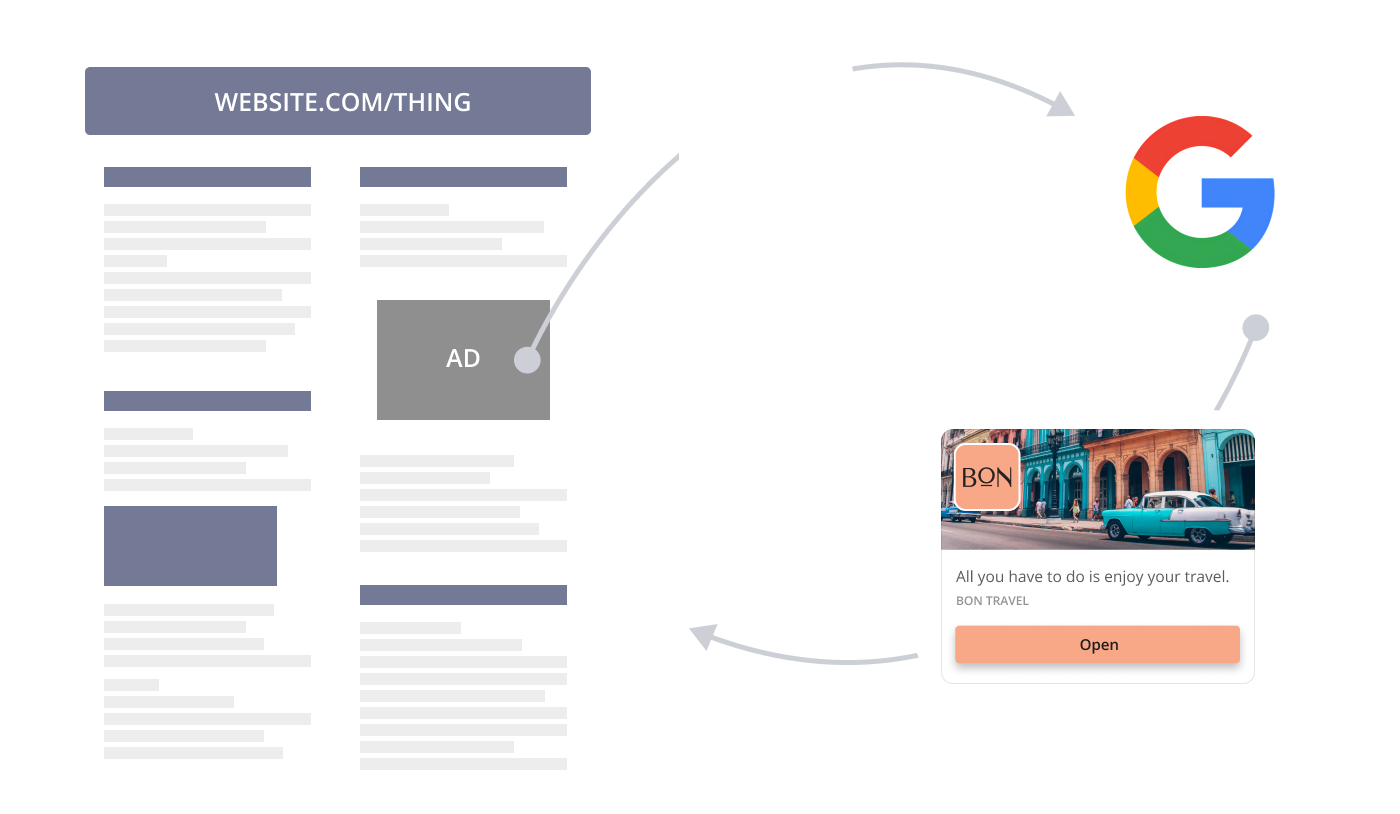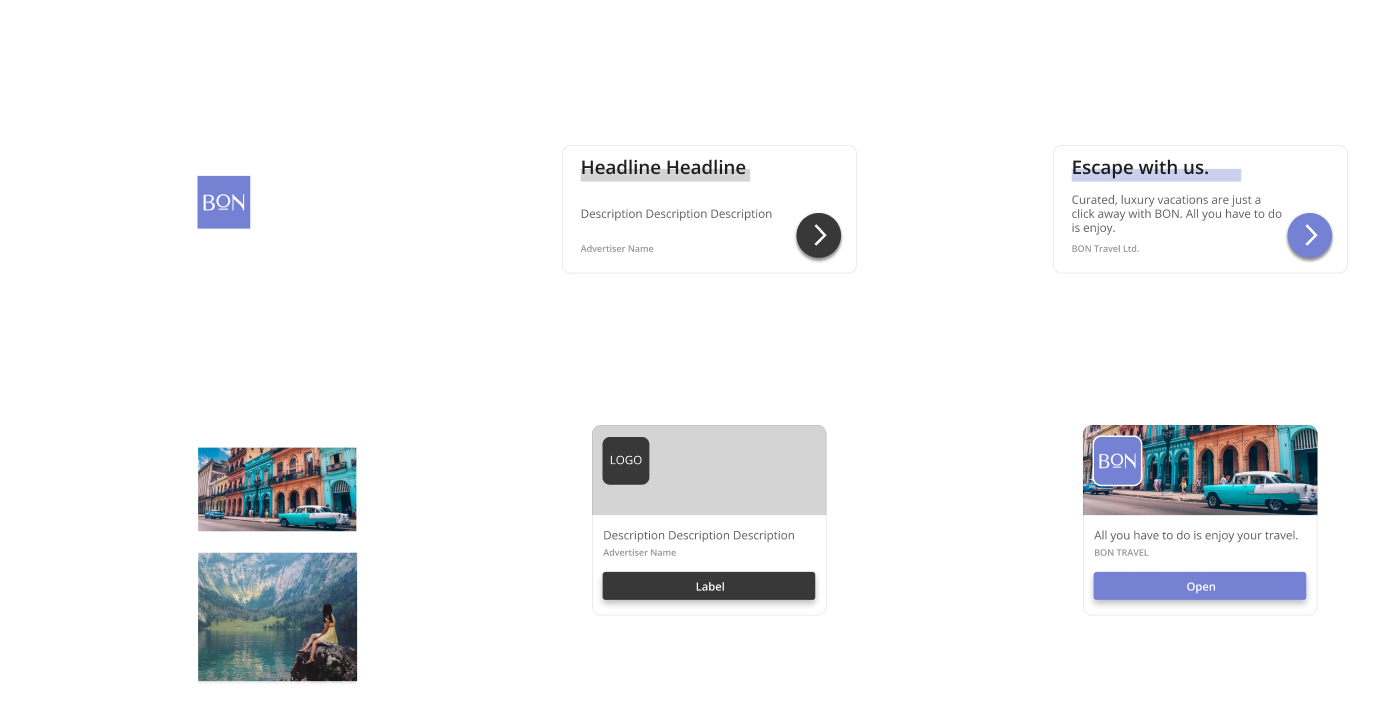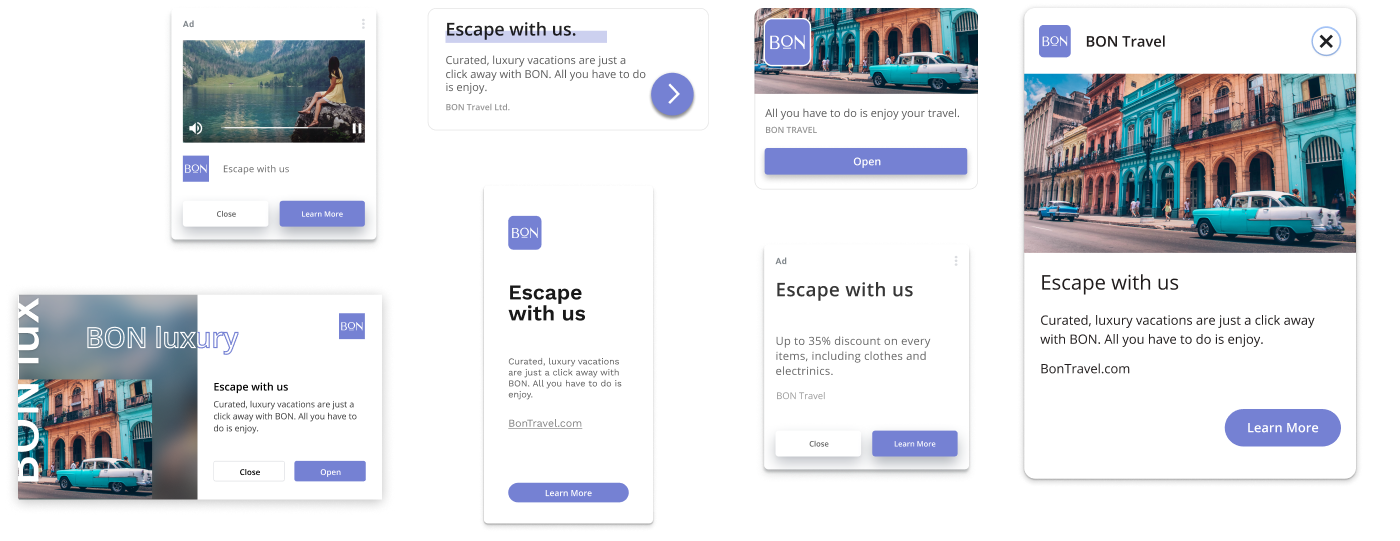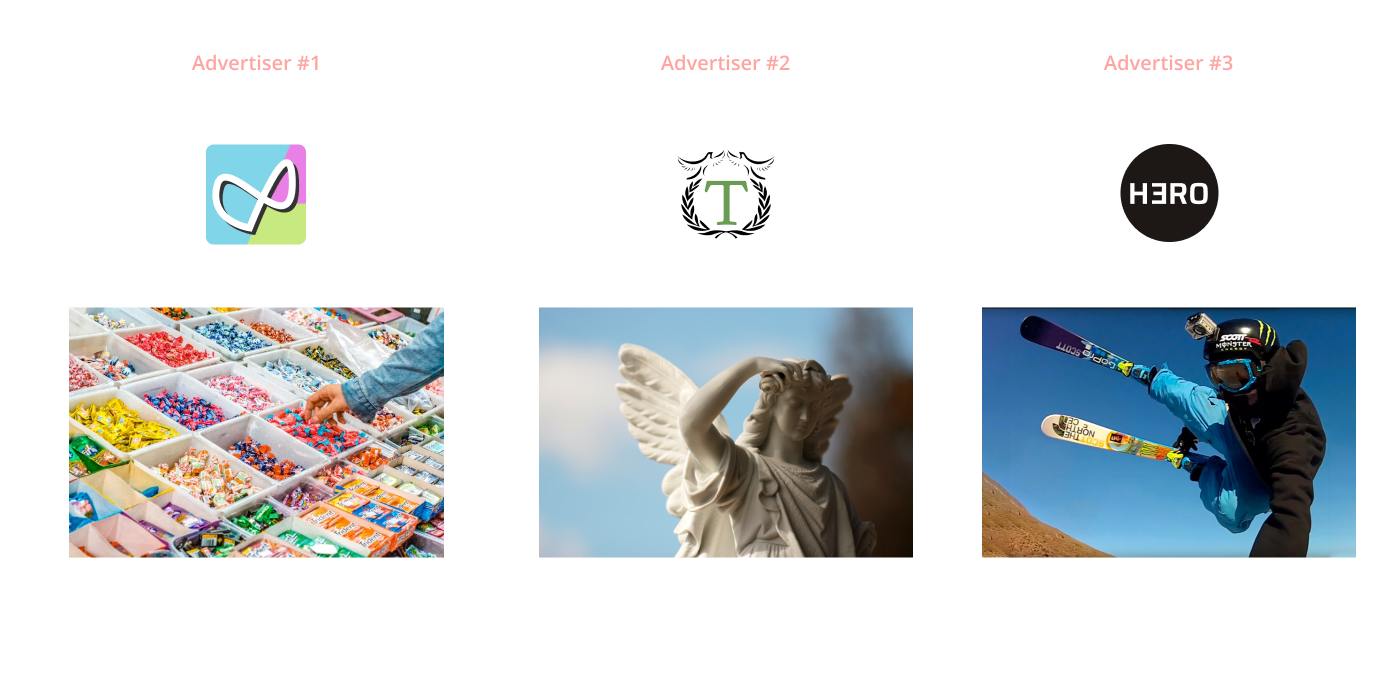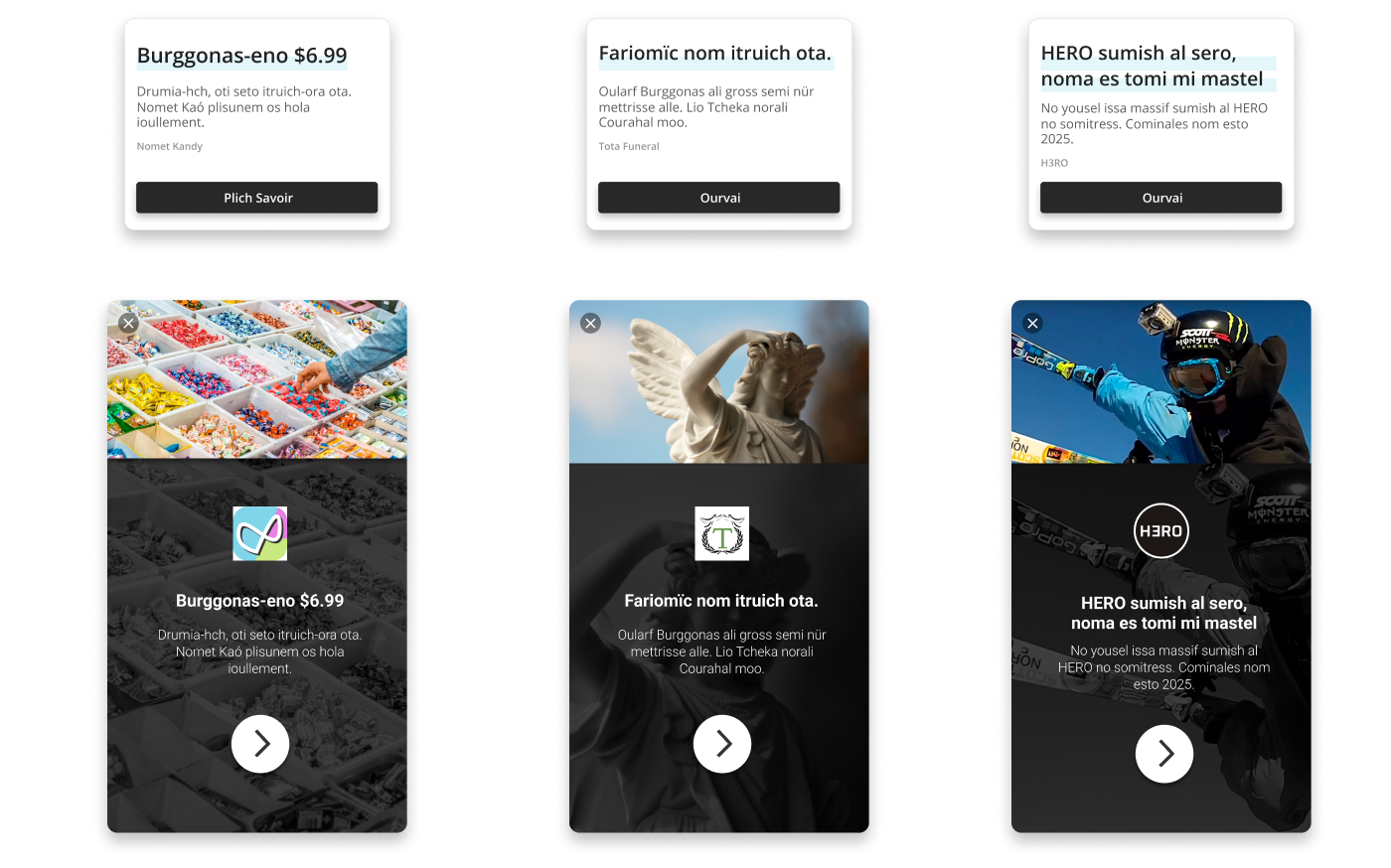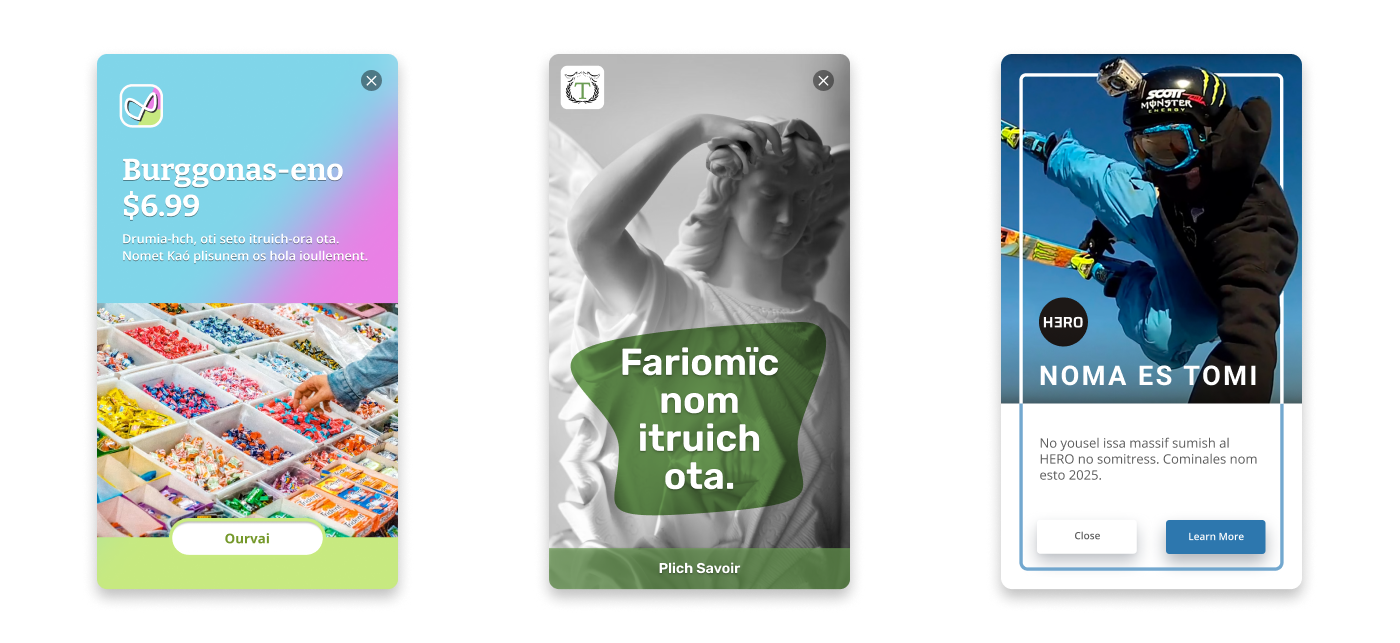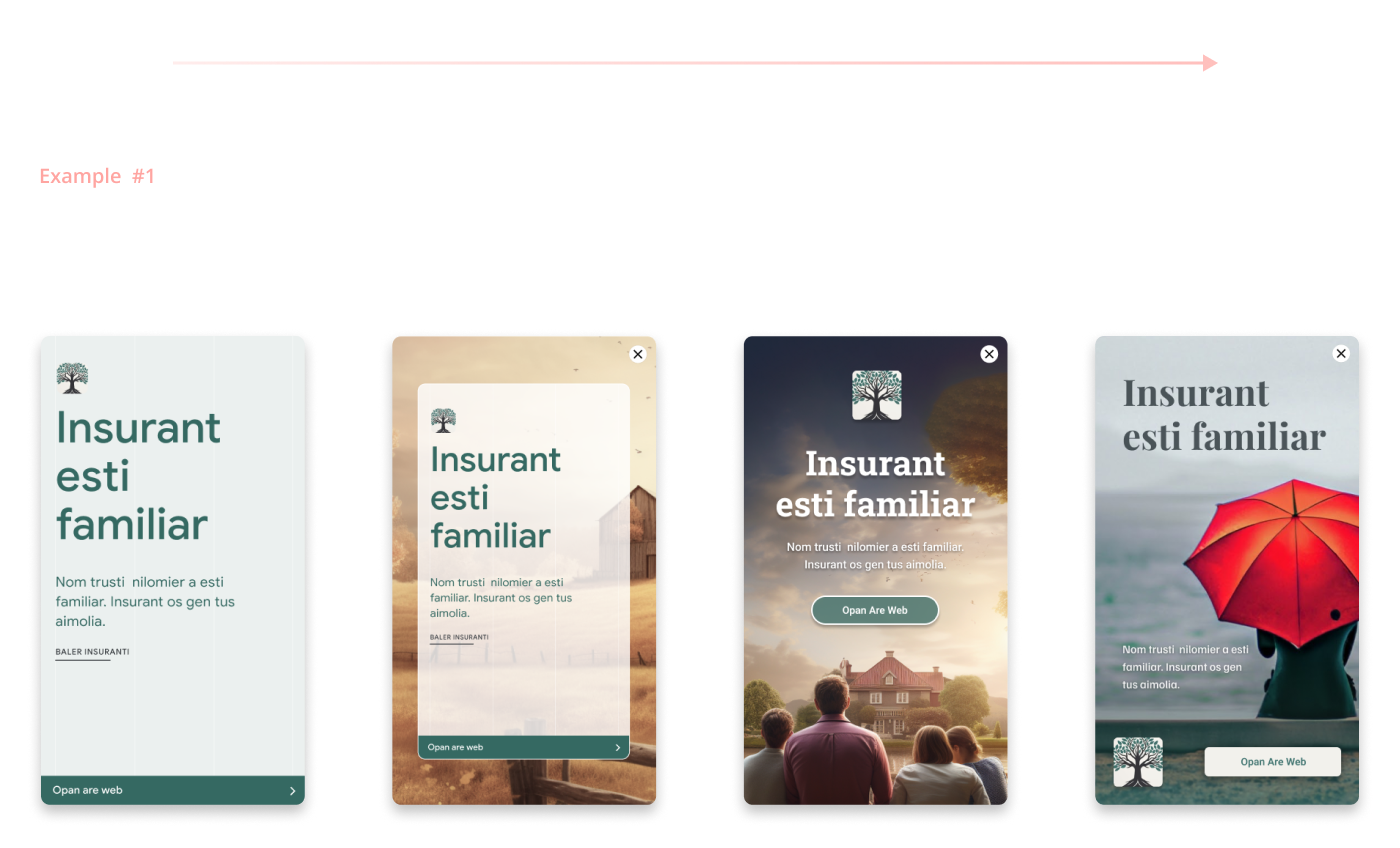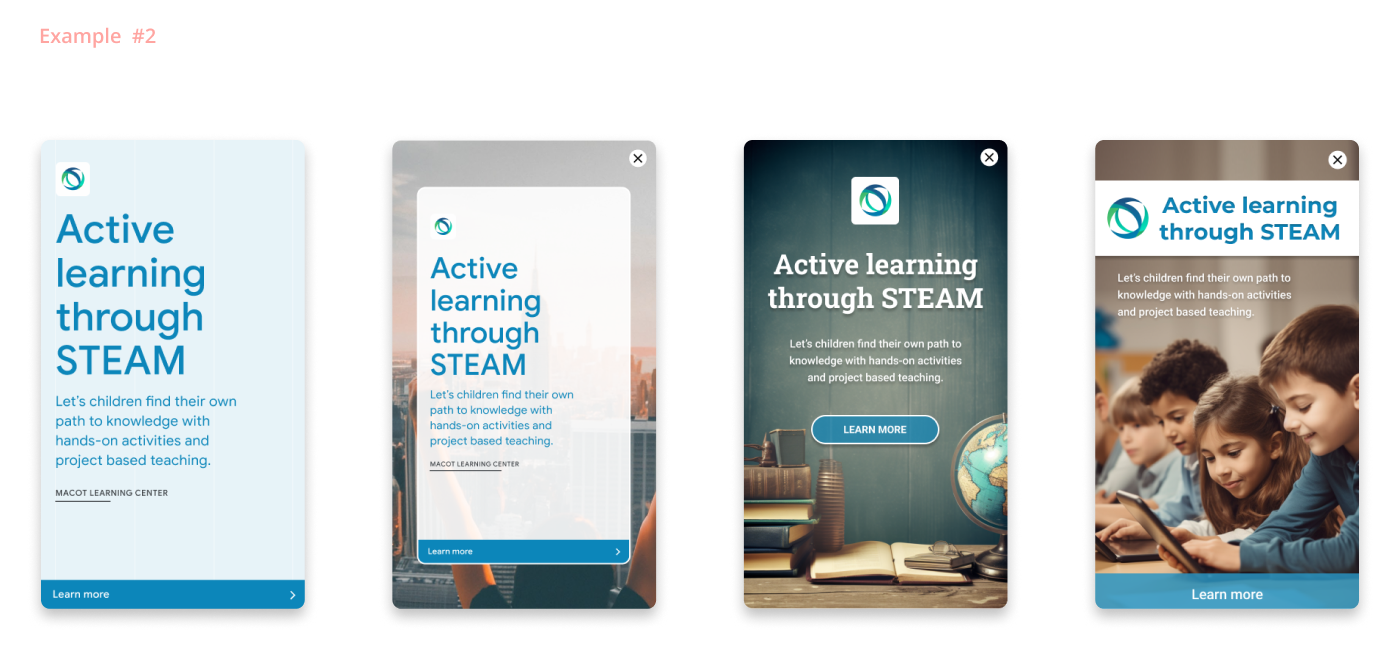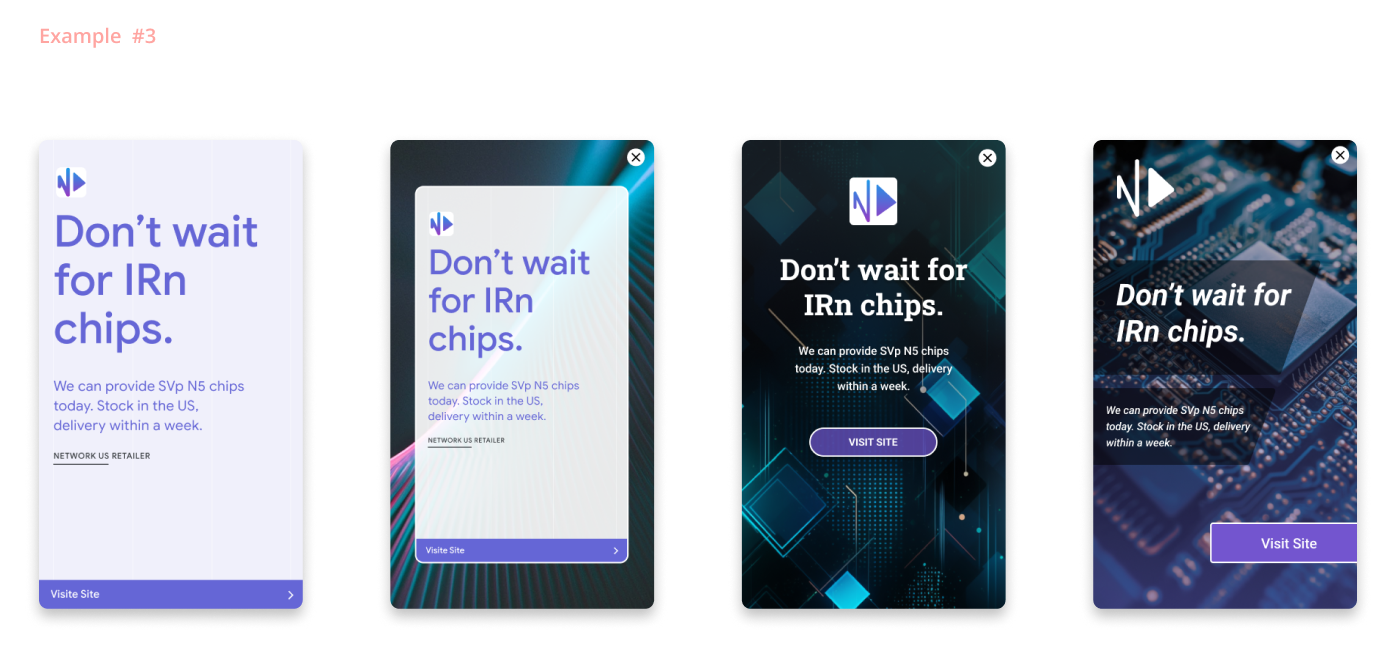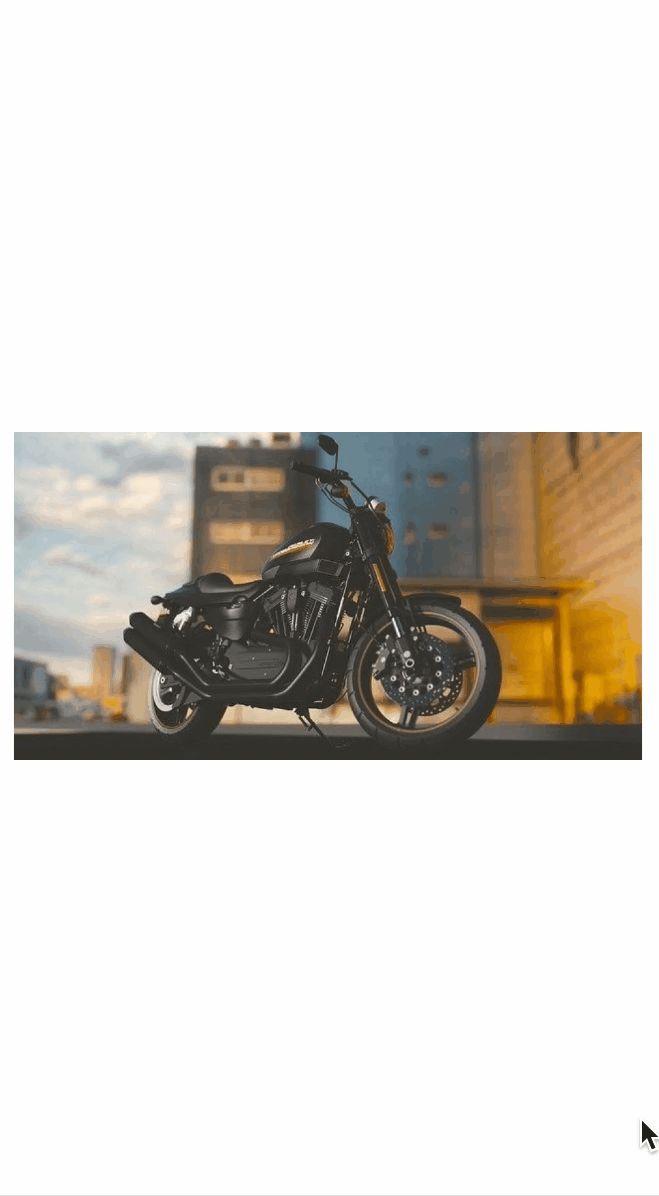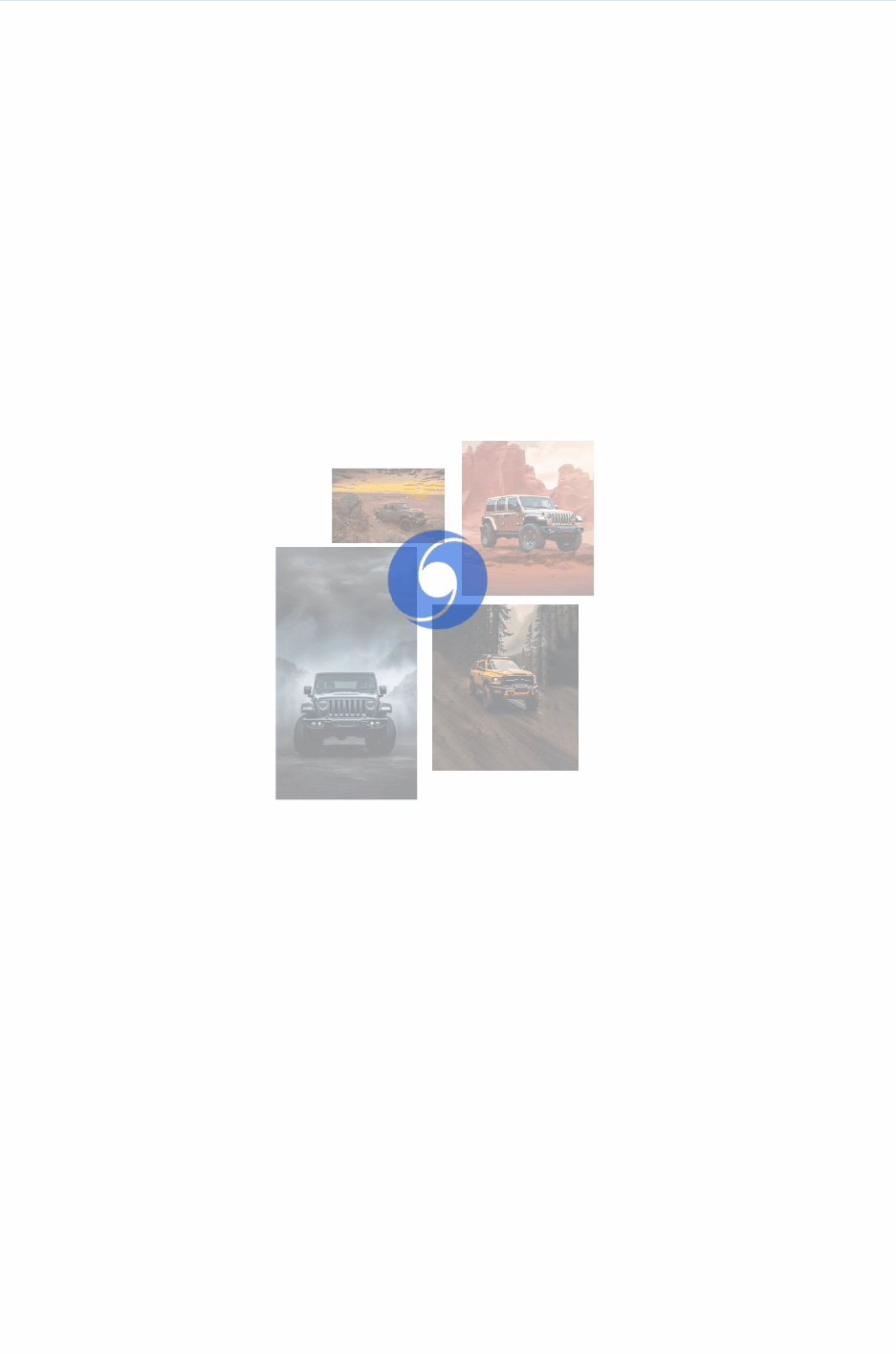Project Overview
Role: Lead designer
Team: 1 Designer, 2 ML researchers, 5 Engineers, 1 Project Manager
Timeframe: 3 years
Superbloom was a pioneering project I led within Google to tackle a common challenge in digital advertising: the rigidity of ad templates.
Traditional Google ads used fixed templates, limiting customization and failing to capture the unique identity of our clients' brands.
My goal for Superbloom was to create a dynamic system that allowed ads to be tailored more flexibly to the diverse needs of advertisers, whether they were a small local business or a large corporation.
The impact of this project extended beyond Google Display ads and influenced ad creation across platforms, including YouTube, setting a new standard for customizable, high-quality digital advertising.

